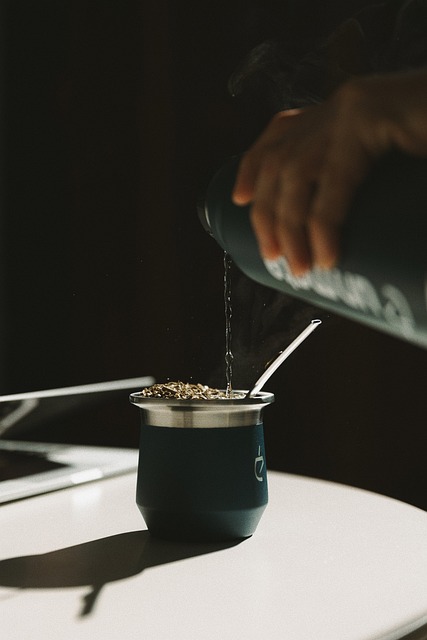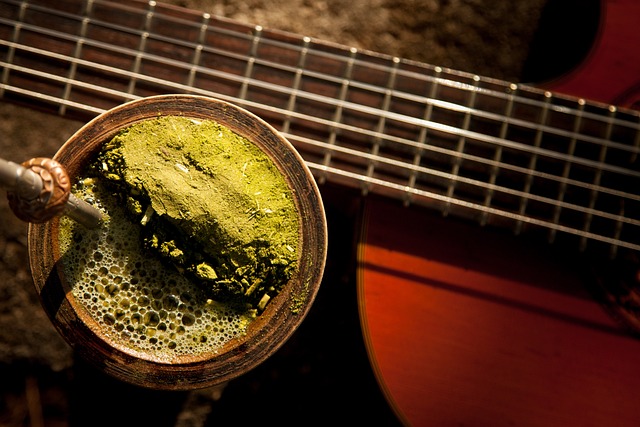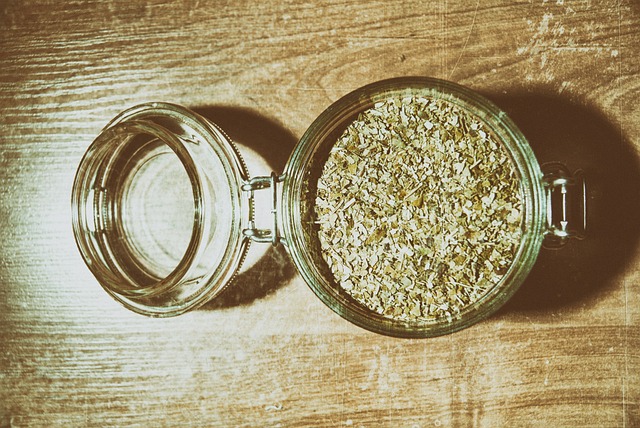Mate is a traditional South American drink made from the dried leaves of the yerba mate plant. It holds a special place in the hearts and daily lives of millions. Known for its earthy, bitter taste and caffeine content, mate is much more than just a beverage. It is a cultural symbol, a social ritual, and a source of physical and mental benefits.
Let’s look at all that Mate has to offer and what it means to people who drink it.

Mate has a deep-rooted history in South American culture, particularly in countries like Argentina, Uruguay, Paraguay, and Brazil.
The Guaraní people, an indigenous group in the region, were the first to cultivate and consume mate, using it as a sacred plant in their rituals and daily life. They believed that mate had spiritual properties, connecting them to their gods and nature. This tradition was passed down through generations and became an integral part of the cultural fabric of these societies.
In Argentina, mate is often considered a national symbol, much like soccer or tango. It represents a shared cultural heritage and a common identity among Argentinians.
The drink is so ingrained in everyday life that it transcends social classes and regions, being enjoyed by everyone from urban dwellers in Buenos Aires to rural farmers in the Pampas. For many, drinking mate is a way to connect with their roots and express their national pride.

One of the most distinctive aspects of mate drinking is the ritualistic sharing of the drink. Traditionally, mate is prepared in a gourd and sipped through a metal straw called a “bombilla.”
The gourd is passed around a circle of friends, family, or colleagues, with each person taking a sip before passing it to the next. This practice fosters a sense of community and togetherness, as the act of sharing a mate symbolizes trust, friendship, and equality.
Mate is often a focal point in social gatherings, providing an opportunity for conversation and connection. Whether it’s a casual chat among friends or a more serious discussion, the presence of mate can help break the ice and facilitate communication.
The slow pace of drinking mate, as opposed to quickly downing a cup of coffee or tea, encourages leisurely conversations and deeper connections.
In many families, the tradition of drinking mate is passed down from generation to generation. Grandparents teach their grandchildren how to prepare and drink mate, sharing stories and wisdom along the way. This practice not only preserves the cultural tradition but also strengthens familial bonds, creating a shared experience that transcends age.
Discover the top things to see and do in São Paulo, Brazil to make the most of your visit to this vibrant city.

Mate contains caffeine, theobromine, and other xanthines, making it a natural stimulant. These compounds work together to provide a balanced energy boost without the jitteriness often associated with coffee.
Many mate drinkers find that it helps them stay alert and focused, making it a popular choice for studying, working, or any activity that requires sustained concentration.
Yerba mate is packed with antioxidants, including polyphenols and saponins, which help protect the body from oxidative stress and inflammation. It also contains a variety of vitamins and minerals, such as vitamins A, C, E, B1, B2, B3, B5, calcium, manganese, iron, selenium, potassium, and magnesium. These nutrients contribute to overall health and well-being, making mate a nutritious addition to a balanced diet.
Traditionally, mate has been used as a digestive aid. It stimulates the production of bile and gastric acids, helping to improve digestion and reduce symptoms of bloating and indigestion. Some studies have also suggested that mate may help regulate cholesterol levels and support cardiovascular health.
Yerba mate has been studied for its potential role in weight management. It may help increase fat oxidation and energy expenditure, making it a useful aid for those looking to lose or maintain weight. Additionally, mate’s appetite-suppressing effects can help reduce cravings and control hunger, making it easier to stick to a healthy eating plan.

The preparation of mate is considered an art form by many enthusiasts. It involves several steps, each with its significance and tradition.
A sense of mindfulness and respect for the tradition often accompanies the ritual of brewing and drinking mate.
While the basic preparation of mate is relatively uniform, there are countless variations and personal touches that drinkers can add. Some prefer their mate sweetened with sugar or honey, while others enjoy it with herbs or citrus peels.
In Brazil, a variation called “chimarrão” uses a special type of yerba mate with larger leaves and is served in a slightly different style. The flexibility and personalization in preparing mate allow drinkers to make the experience uniquely their own.
Check out the best Brazilian foods to eat in Brazil for a taste of the country’s most delicious and authentic dishes.
While mate is most popular in South America, its appeal has spread worldwide. In recent years, the drink has gained popularity in the United States, Europe, and Asia, with many people embracing it for its unique flavor and health benefits.
The global interest in mate has led to a growing market for yerba mate products, from traditional loose leaves to ready-to-drink bottled mate beverages.
As mate spreads to different parts of the world, it also becomes a medium for cultural exchange. People from diverse backgrounds come together to share the experience of drinking mate, learning about its history and traditions. This exchange fosters a greater understanding and appreciation of different cultures, highlighting the universal appeal of this traditional drink.

The growing demand for yerba mate has raised concerns about the sustainability of its production. In some regions, the expansion of yerba mate plantations has led to deforestation and habitat loss.
There is a growing movement toward sustainable and organic mate cultivation to address these issues. Many companies are now focusing on ethical sourcing practices, ensuring that yerba mate is grown in an environmentally friendly and socially responsible manner.
While mate offers numerous health benefits, some studies have raised concerns about potential health risks associated with its consumption. Specifically, the high temperature at which mate is traditionally consumed has been linked to an increased risk of esophageal cancer.
However, it’s important to note that these findings are primarily associated with extremely hot mate, and consuming the drink at a lower temperature can mitigate this risk. Additionally, like any caffeinated beverage, mate should be consumed in moderation to avoid potential side effects such as insomnia or increased heart rate.
Explore these exotic foods to try around the world to discover unique and must-try international dishes that will take your taste buds on an unforgettable journey
Mate is much more than just a beverage; it is a cultural symbol, a social ritual, and a source of health benefits. Its significance extends beyond the simple act of drinking, encompassing a rich history and tradition, a sense of community and togetherness, and a connection to one’s cultural heritage.
For those who drink it, mate is a daily ritual that brings comfort, energy, and joy. As mate continues to gain popularity worldwide, it serves as a reminder of the power of cultural traditions to unite people and enrich their lives. Whether enjoyed alone or shared with others, mate remains an important and cherished part of life for millions.
Counter
101 Countries • 1432 Cities